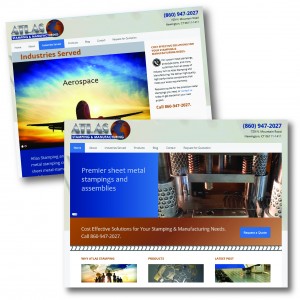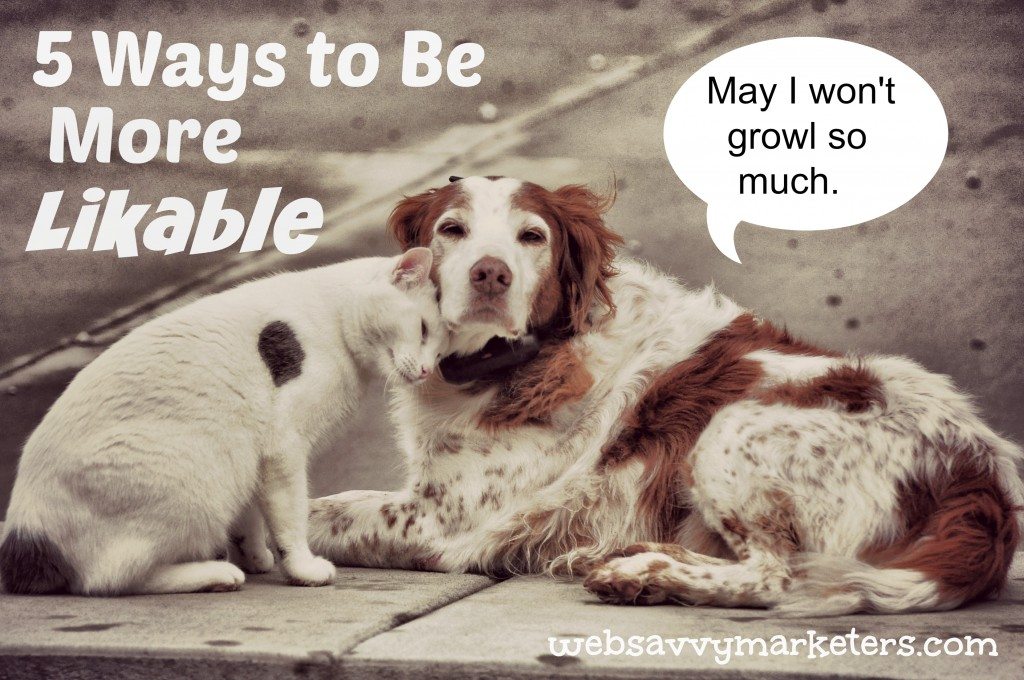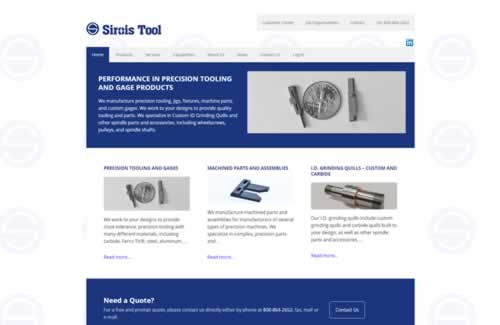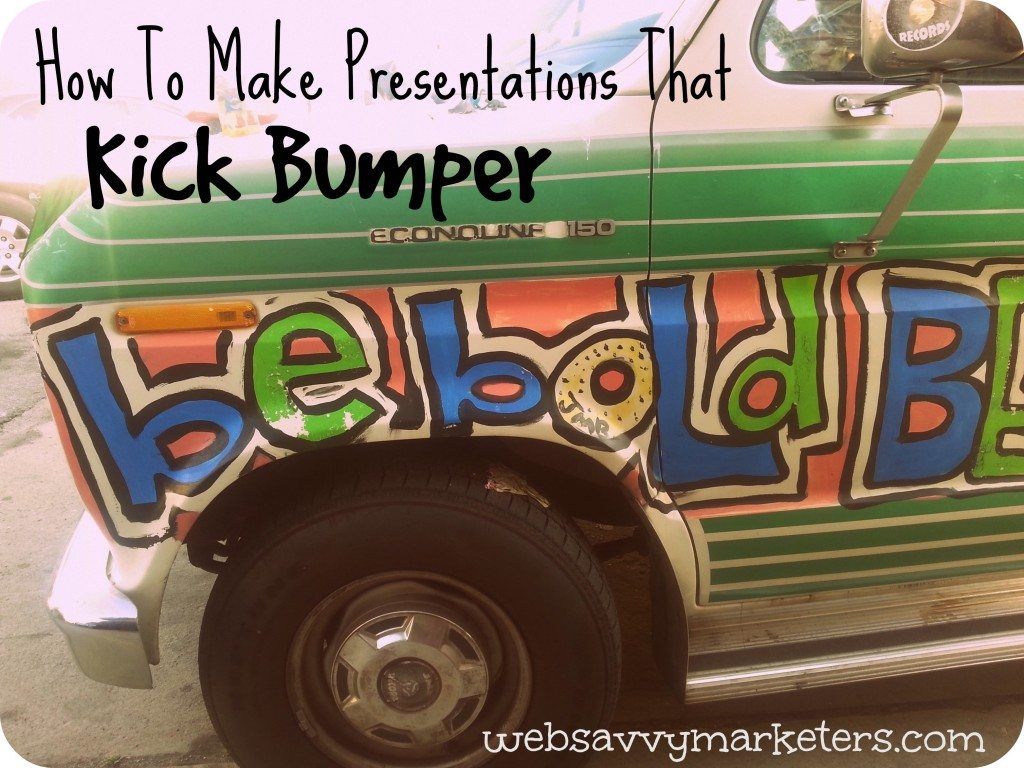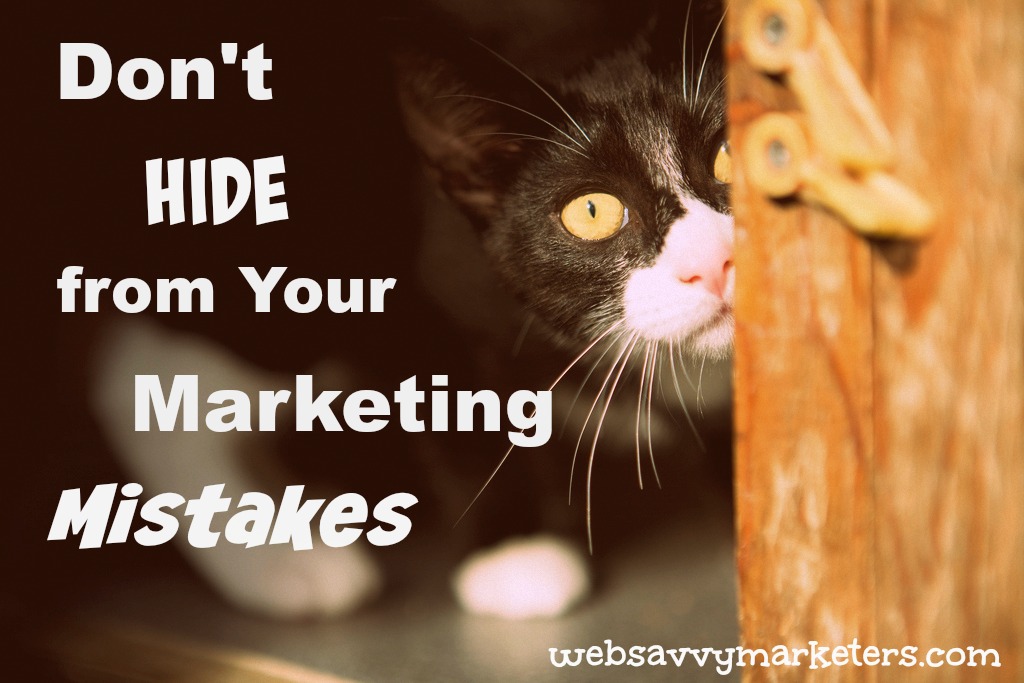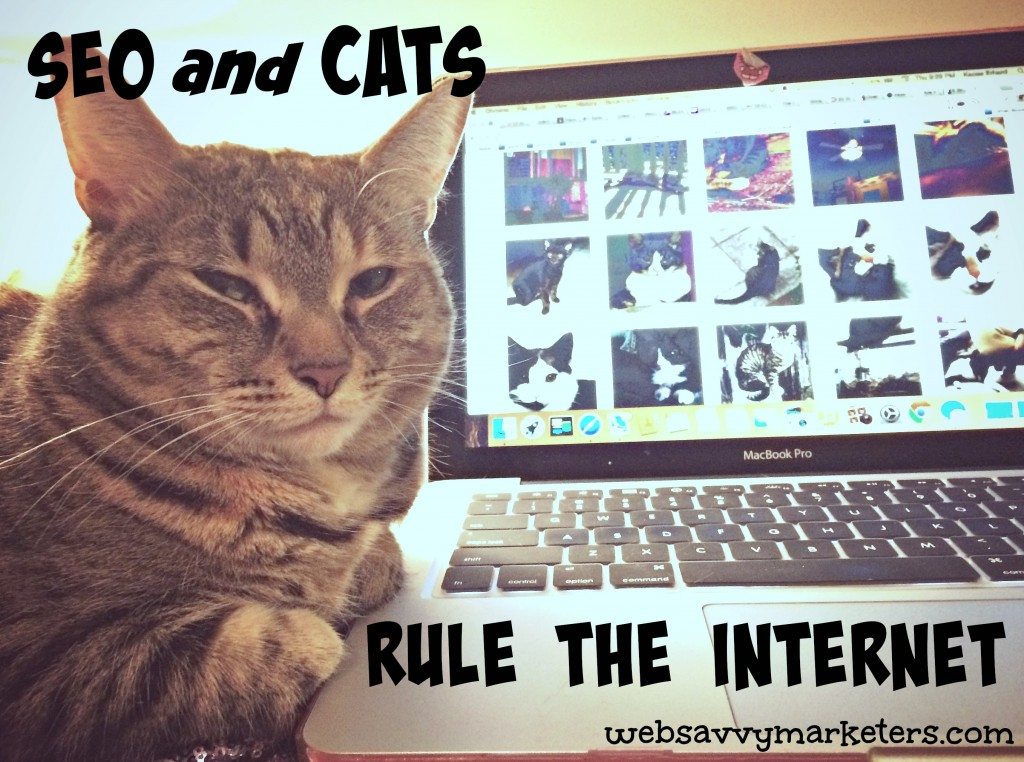 What do cats and SEO have in common? They both rule the internet. And, like it or not, they are both here to stay.
What do cats and SEO have in common? They both rule the internet. And, like it or not, they are both here to stay.
Tim Berners-Lee, the inventor of the World Wide Web, was asked on Reddit on the 25th birthday of the web, “What was one of the things you never thought the internet would be used for, but has actually become one of the main reasons people use the internet?”
“Kittens,” Berners-Lee replied.
The best practices to consider for SEO in 2015 include more than cats, despite their overwhelming cuteness. SEO continues to evolve, with changes in how searchers use queries and engines crawl, index, and rank site pages. What hasn’t changed is SEO still figures big in improving your brand’s visibility and traffic.
Here are 5 easy SEO tips to follow in 2015. Cats are an excellent SEO plus, but aren’t strictly required.
1. Link building vs. content creation
The way to create links is through building great content and sharing it. This same content can be used for your blog posts, web pages, guest posts, and social media pots. This will generate relevant and varied sources that link to specific information.
Content creation and the resulting link building takes time, but Google will never penalize you for making unnatural links (the dirty word for 2015 is this sort of link building: trying to rank by using link building schemes).
Ethical SEO involves upfront attempts to get other websites to link to your website and improve your rank. This is where content creation comes in.
2. Secure your site with HTTPS
Most website’s URLs start with “HTTP,” or HyperText Transfer Protocol, which is the underlying protocol for how messages are sent over the web. HTTPS is the HTTP Secure version that gives users an added layer of security.
Google has announced that it has begun using HTTPS as a signal in their ranking factors, albeit a small one for now. However, although Google states that high quality content is more important for ranking, they also said that eventually they might want to make secure protocol a bigger deal in ranking.
2015 is the time to make the switch by following Google’s instructions for moving your site by changing its URL.
3. Google doesn’t need help finding you, but your visitors do
While you don’t need to submit your website to Google in order to rank in search results, you do need to get on board with Google My Business (which has morphed from Google Places, Google Places for Business, to Google Plus Local, to this current version). This gives you a storefront on Google Maps for free, helps your site get found in Google Search, and lets people engage with and review your business online.
For 2015 this online business directory is indispensable. Get your business directly connected with your customers and get registered with Google My Business.
4. Keywords are only as good as their location
No longer is keyword stuffing the way to optimize your website, but having a central keyword idea and placing keywords strategically is more important than keyword frequency. Google breaks your site down into a hierarchy, starting with meta tags and headers, followed by copy, then footers and sidebars last.
Keywords that focus on this one idea should be in your titles, headings, and image alt text, rather than cramming it a bunch of times into copy.
WordPress sites make this easy with plugins like WordPress SEO by Yoast. Keywords can even be variations of the central idea, making it possible for even a searcher’s misspellings to lead to the keyword variation used for your site.
5. Don’t forget meta descriptions, titles, and headings
As Google gets smarter in determining what’s on your web pages, it looks beyond the keywords to interpret the data to form a decision. Google looks for meaning, not just specific keywords and keyword phrases.
It’s important to include meta descriptions to help search engines and searchers to understand what the site content is, and if it’s relevant to the search. Indirectly this is a giant SEO bonus that doesn’t impact rankings, but affects the navigation results.
Along with your meta tags, there are titles and heading tags to consider. Search engines use title tags to display in search results, and they tell search engines as well as searchers what is contained in the web page. They should be no longer than 50-60 characters, since that’s all that Google will display in its SERPs.
Heading tags are identified in your CMS (Content Management System, such as WordPress) through the built-in code, and they also help search engines understand what is on the page, as well as indicating the level of importance of the content with Heading 2 and Heading 3 tags.
By covering these SEO signals, you will help Google distinguish your site as a credible site and business. The days of Google Authorship, which handed out bylines and author photos like internet prizes for anyone who wanted to build authority and trust, are over. You can still build strong branding and authority by practicing basic SEO principles, even if you insist on leaving out the ubiquitous cat.


